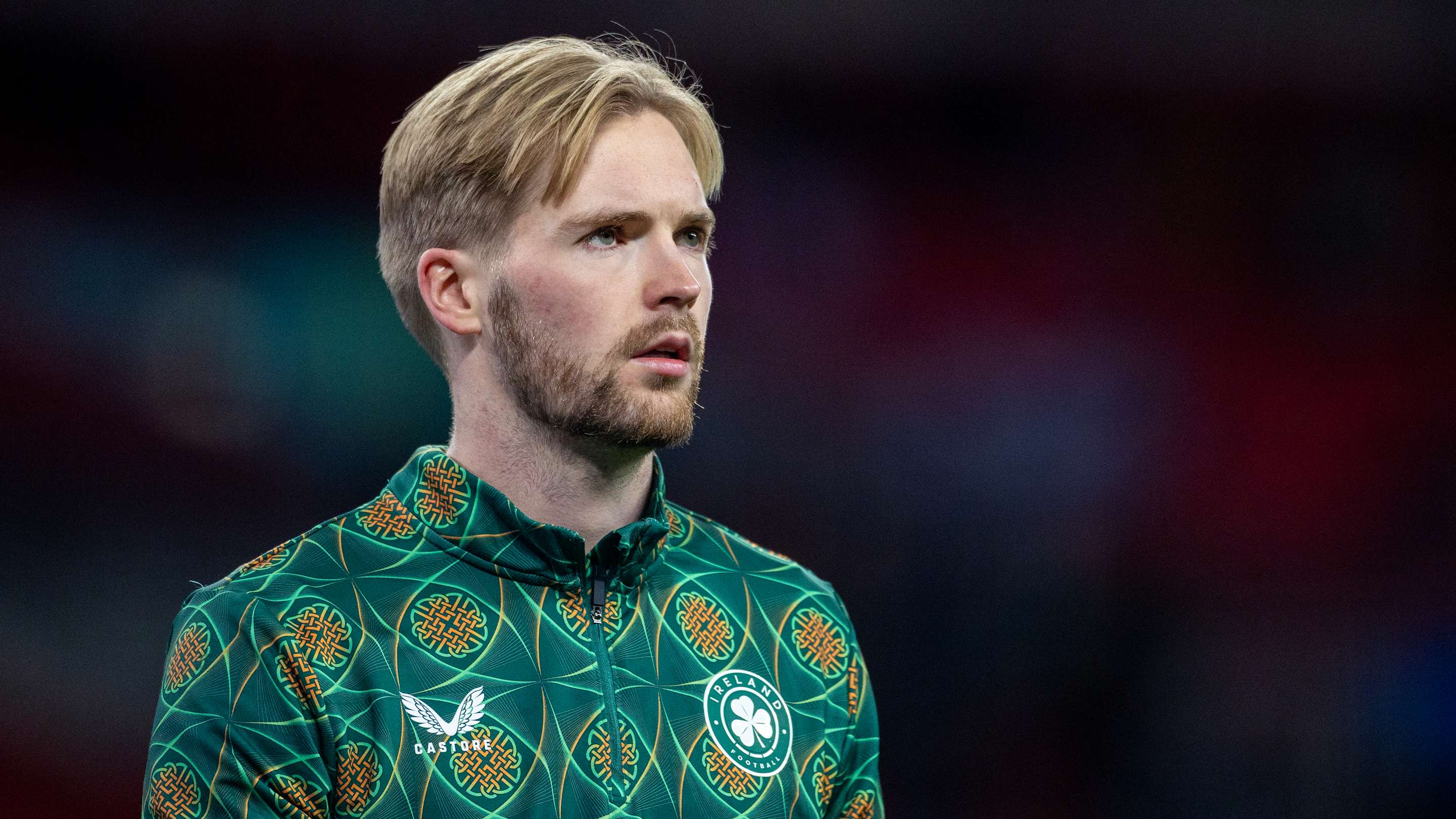
The San Francisco Giants and Boston Red Sox agreed to a blockbuster trade on Sunday night involving star Rafael Devers. Devers, who has been involved in his share of headlines throughout the course of the year, will head west in exchange for a package that includes starting pitchers Kyle Harrison and Jordan Hicks, outfielder and 2024 first-round pick James Tibbs, and minor-league right-hander Jose Bello. The Giants will assume the entirety of Devers' contract.
Whenever a big swap happens, we here at CBS Sports respond by offering instant analysis in the form of trade grades. In keeping with that tradition, we've served up our thoughts on the deal below while summarizing them in the form of letter grade.
Before we dive in, let's recap the trade in its entirety:
- Giants receive: DH Rafael Devers
- Red Sox receive: LHP Kyle Harrison, RHP Jordan Hicks, OF James Tibbs, and RHP Jose Bello
Now, onward.
Giants grade: B
Give Buster Posey this much: he's not playing things safe as an executive.
If you credit Posey for the Matt Chapman extension (and he was reportedly a driving factor), then Devers is already the third major long-term bet he's made on a player that carries significant risk. (The other being the signing of free-agent shortstop Willy Adames.) The Giants entered Sunday night's game against the Los Angeles Dodgers with a chance to tie their rivals atop the National League West with a win. You don't have to like their odds (+700 to win the West, per DraftKings) to acknowledge that the possibility of taking over the division was likely on Posey's mind here.
Devers, 28, has made plenty of headlines this season, but it hasn't shown up in his play. Remember how bad he was at the onset of the year? Yeah, well, the water has long since stilled. He entered Sunday hitting .271/.400/.494 with 14 home runs and 18 additional extra-base hits. His 149 OPS+ would represent a new career high if he can find a way to sustain it the rest of the way.
Where, exactly, Devers folds into the Giants lineup is to be seen. The aforementioned Chapman is currently sidelined with a sprained hand. Might the Giants start Devers at the hot corner in an attempt to curry favor for later asking him to slide to first base? Or might Devers be open to that possibility anyway, since this is an entirely new relationship without all the baggage that accumulated in Boston? It's hard to know.
The ideal arrangement here has Devers at either first base or DH. Lately, the Giants have been deploying Dominic Smith and Wilmer Flores at those positions. Both have performed well, with Smith's recent play giving some pause to top prospect Bryce Eldridge's rise through the system. Will it last? Let's put it this way: would the Giants have made this deal if they thought it was likely? Almost certainly not.
The risk here isn't necessarily in the form of the talent the Giants sent packing here -- though Harrison, in particular, has the chance to haunt San Francisco on some level. Rather, it's the money, and really the opportunity cost of said money. The Giants have effectively rolled the dice on more than $230 million through the 2033 season on a player who, months ahead of his 29th birthday, is also considered to be just a first baseman or a DH.
Devers is going to have to hit and hit a lot. The good news is that he's done that throughout his career: he entered Sunday with a 128 OPS+ for the duration of his big-league days, and with at least a 125 OPS+ mark in each year since 2021. The bad news is that if you look at the underlying metrics, there is some reason for pause. Take a look at his contact rates by season:
2022 | 71.8% | 18.6% |
2023 | 73.9% | 19.2% |
2024 | 69.1% | 24.5% |
2025 | 67.0% | 23.0% |
Is that a blip or a slip? And if it's a slip, what will that cause his game to look like in a year? Two? Five? How about in 2033? And, just as importantly, how confident are you in your answers? How many millions of dollars would you be willing to put on the line?
We know the answer from Posey. Now comes the fun part: finding out if he's right.
Red Sox grade: C
There are two factors that will drive evaluations of this trade: 1) how you feel about Devers' refusal to take up first base following Triston Casas' season-ending injury; and 2) what you think the Red Sox can add to their roster with the money they've saved on Devers' contract. The return here also plays some role -- particularly Harrison and Tibbs -- but for most people this one won't be viewed as a pure baseball move. That may well include the involved personnel.
With respect to the first factor, both sides seem to shoulder at least some blame in how this went down. The Red Sox should have hashed out an agreement with Devers on his defensive position before signing Alex Bregman with the intent to play Bregman at third base. Given that Bregman didn't put pen to paper until February, following a winter chock full of rumors tying him to Boston, it's hard to see that as anything other than an own-goal. (Truthfully, they probably deserve a lower grade on the merits of that point alone.) Even acknowledging that the Red Sox erred first, it's fair to think that Devers was being a little unreasonable by rejecting the possibility of playing first base following Casas' injury. The Red Sox messed up first, no doubt, but this is a team sport and there are certain expectations that come with being close to $30 million annually. Nevertheless, it is and will remain mystifying that the two sides weren't able to find common ground or an off ramp to prevent this conclusion.
Rafael Devers trade: Winners and losers, including the present-day Giants, the future Red Sox and Gerrit Cole
Mike Axisa
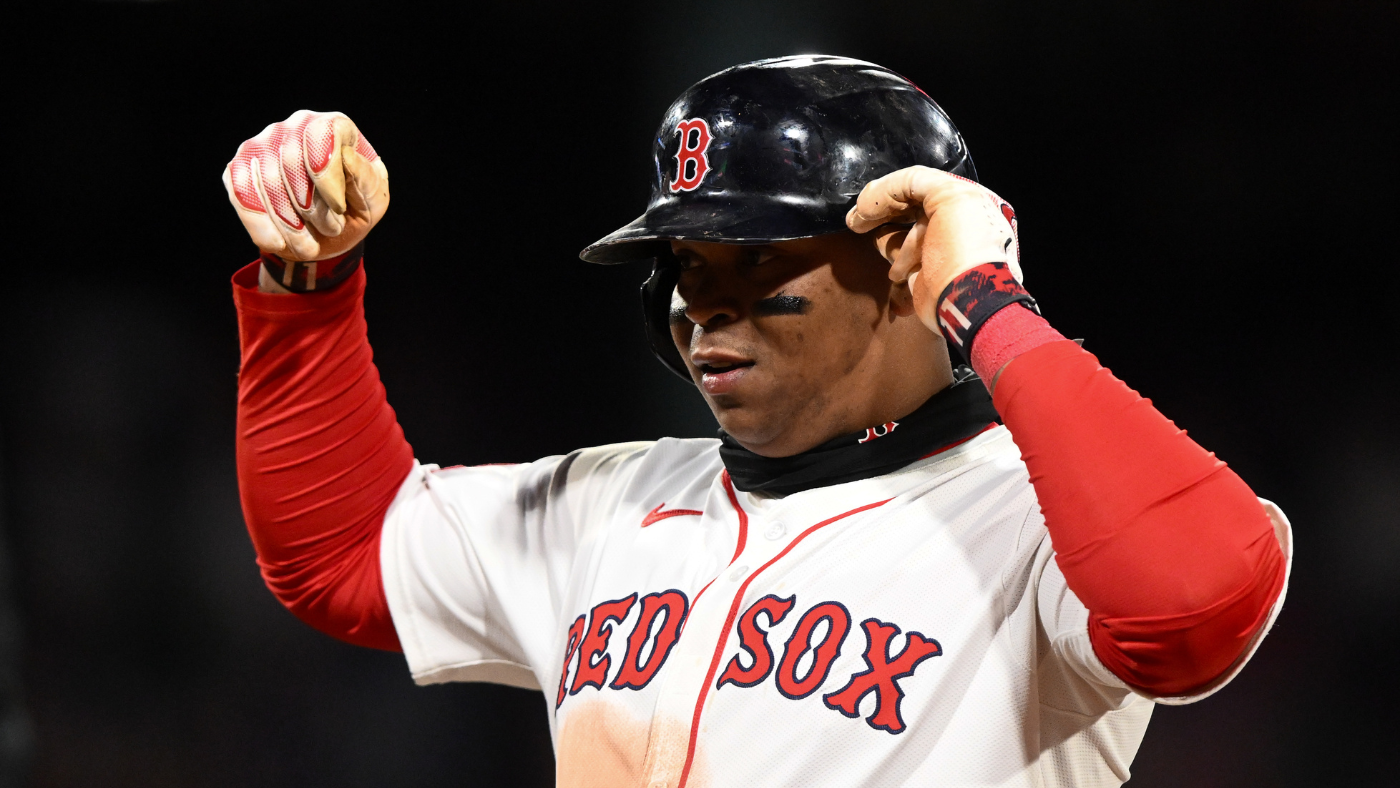
If Devers was adamant against taking up a position this season, then the Red Sox had to eventually make some kind of move to fit their best young players onto the roster -- be it trading an outfielder, like Wilyer Abreu or Jarren Duran, or relenting and playing Roman Anthony at first base. This was a less-considered option because it seemed unlikely that they would find a way to move Devers' contract -- at least without having to do their share of retaining. (Some sources with other teams I spoke to tonight expressed surprise that Boston received actual talent back without ponying up financially.) The question now is how the Red Sox will put the savings (around $14 million this season and at least $27 million each season through the 2033 campaign) to work for them. Right now, what that entails is anyone's guess.
The kicker in all this? The blow-up with Devers may -- and may is the key word -- in time be viewed as a blessing in disguise. His in-zone contact rate had continued to decline over the last few seasons, leaving him on the shady side of 70% overall. While those trends hadn't yet impacted his statline -- he entered Sunday on pace for a career-best OPS+ -- it is a worrisome development when the player in question is under contract for another eight seasons and has already made it clear that he has some strong preferences about where he does (or doesn't) play in the field.
Harrison, 23, isn't far removed from being one of the game's top pitching prospects. He's made 39 career big-league appearances (35 of them starts) to date, posting a 4.48 ERA (88 ERA+) and a 2.87 strikeout-to-walk ratio. Harrison mostly chucks mid-90s fastballs from one of the lowest release points in the majors. That's no joke: his average release height is under 5-foot, and his heater's natural rise creates a similar dynamic to what Twins righty Joe Ryan has working in his favor. (Harrison also has an above-average breaking ball.)
Kyle Harrison (LHP) | 95.1 mph | 12.1 inches | 58.4 inches |
Joe Ryan (RHP) | 93.3 mph | 13.4 inches | 57.4 inches |
Whereas Ryan was an above-average starter almost from the jump (he's posted a 100 ERA+ or better in three of his four full seasons, finishing at 97 in the other), Harrison hasn't yet found that level of success. It would behoove the Red Sox to continue trying, since there's the chance for him to secure a mid-rotation or better future if they can get everything in line. His immediate assignment to Triple-A may imply that they know what he needs to work on.
Hicks, 28, is currently on the injured list with inflammation in his right big toe that has sidelined him since June 3. It's unclear how the Red Sox intend to deploy him at this stage, but the Giants had him pitching in relief again as of late after he had failed to match last season's league-average effort as a starter. (He went to the IL having compiled a 6.47 ERA and a 2.15 strikeout-to-walk ratio in 48 ⅔ innings.) Hicks' arsenal remains east-west based, heavy on above-average sinkers and sweepers, and he has enough control to envision him being a good reliever once he's back.
Tibbs, 22, was the No. 13 pick in last summer's draft. Coincidentally, that made him the highest-drafted Florida State player since … you guessed it, Buster Posey. Tibbs impressed scouts by showing consistent growth, both statistically and physically. He's spent his first full professional season in the age-appropriate Northwest League, batting .245/.377/.480 with 12 home runs and nearly as many walks as strikeouts in 56 games. Tibbs may not feature a plus tool in the conventional sense, but he projects as an above-average hitter with a good approach. He figures to move upward to Double-A sooner than later, positioning himself for a 2026 big-league debut.
Bello, 20, is a 6-foot-1 righty who has yet to make a single pitching appearance outside of a complex league. In eight appearances (none of them traditional starts) this year, he's amassed a 2.00 ERA and a 9.33 strikeout-to-walk ratio. Bello didn't make the cut in Baseball America's latest top-30 ranking of the Giants system, but he has a quality slider and the Red Sox might see something that leads them to believe he could become more than a middle reliever in due time.

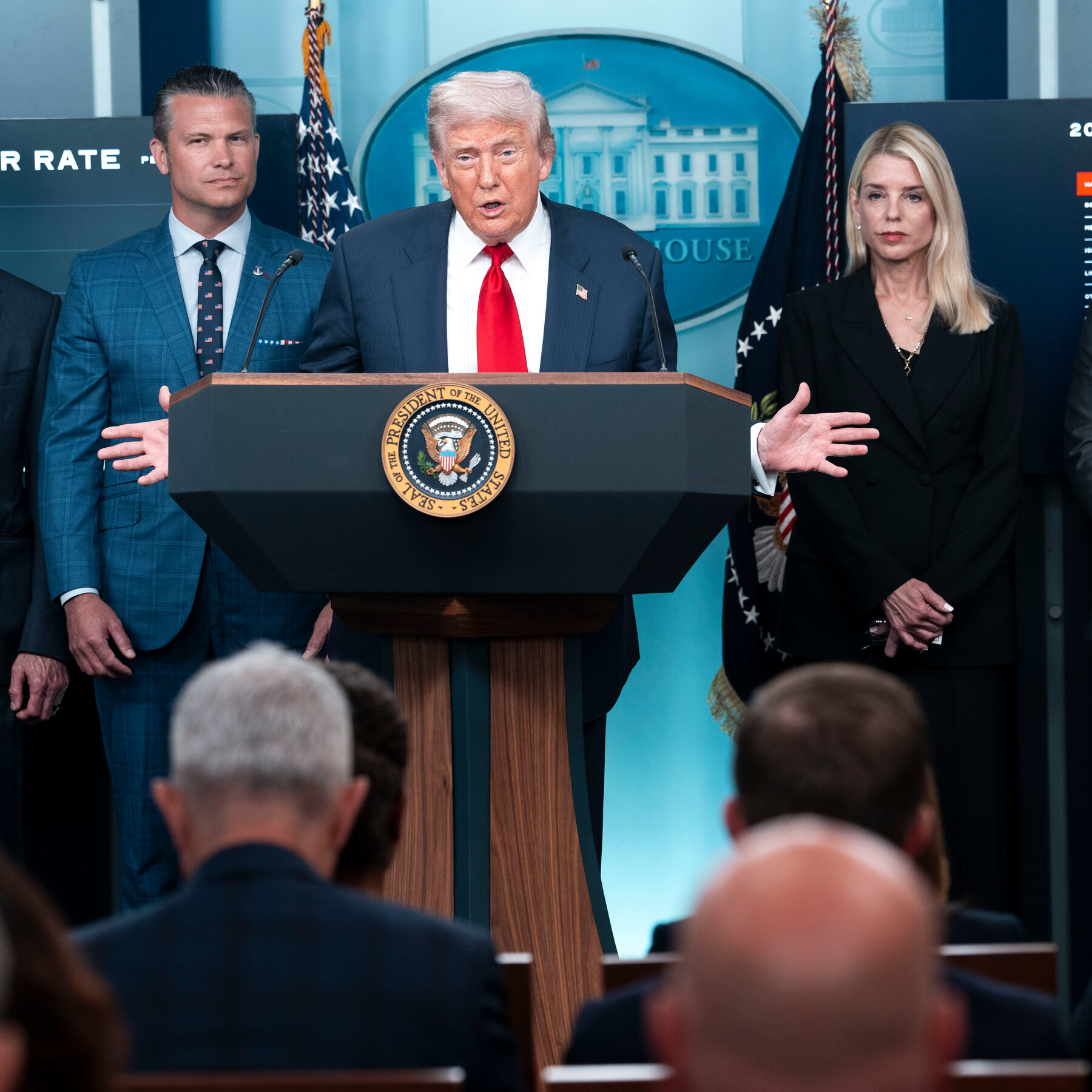

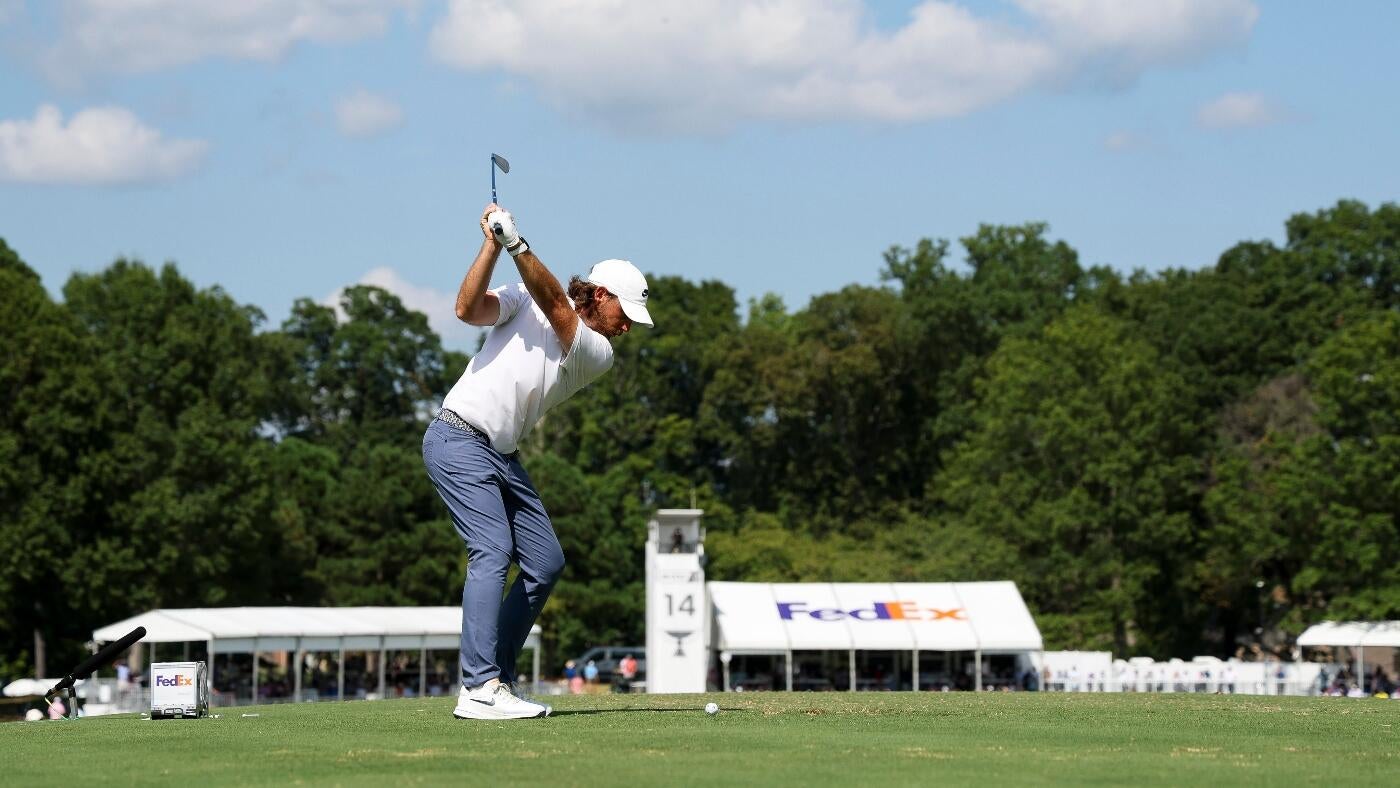
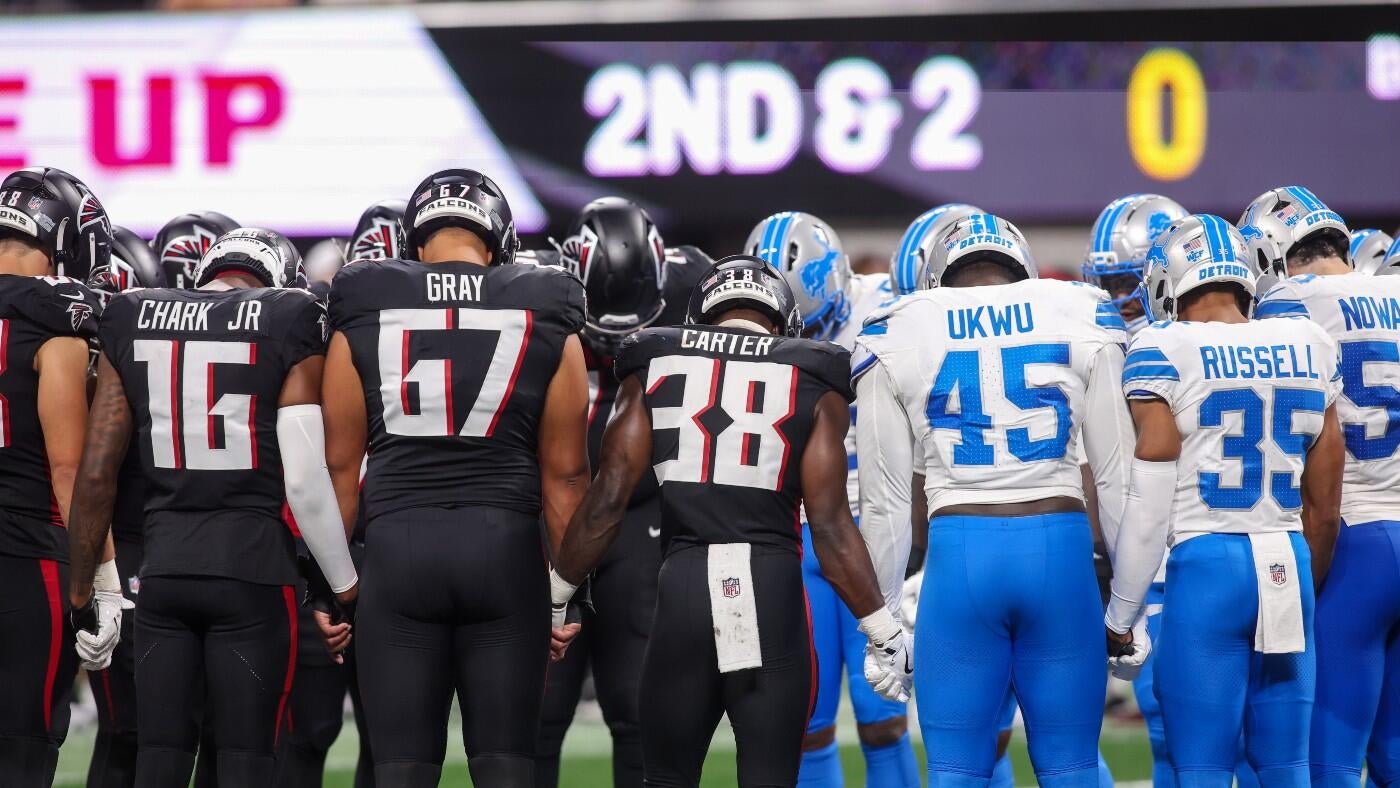



-3.png)

